David J. Scott
The Effect of Complex Training on Muscle Architecture in Rugby League Players
Scott, David J.; Marshall, Phil; Orange, Samuel T.; Ditroilo, Massimiliano
Authors
Mr Phil Marshall Phil.Marshall@hull.ac.uk
Lecturer in Strength & Conditioning
Samuel T. Orange
Massimiliano Ditroilo
Abstract
PURPOSE: To compare the effects of variable-resistance complex training (VRCT) versus traditional complex training (TCT) on muscle architecture in rugby league players during a 6-week mesocycle. METHODS: Twenty-four rugby league players competing in the British University & Colleges Sport (BUCS) Premier North Division were randomized to VRCT (n = 8), TCT (n = 8), or control (n = 8). Experimental groups completed a 6-week lower-body complex training intervention (2×/wk), which involved alternating high-load resistance exercise with plyometric exercise in the same session. The VRCT group performed resistance exercises at 70% of 1-repetition maximum (1RM) + 0% to 23% of 1RM from band resistance with a 90-second intracontrast rest interval, whereas the TCT group performed resistance exercise at 93% of 1RM with a 4-minute intracontrast rest interval. Muscle thickness (MT), pennation angle, and fascicle length (Lf) were assessed for the vastus lateralis (VL) and gastrocnemius medialis using ultrasound imaging. RESULTS: Both TCT and VRCT groups significantly improved VL MT and VL Lf compared with control (all P < .05). Standardized within-group changes in MT and Lf (Cohen dav ± 95% CI) were moderate for TCT (dav = 0.91 ± 1.0; dav = 1.1 ± 1.1) and unclear for VRCT (dav = 0.44 ± 0.99; dav = 0.47 ± 0.99), respectively. Differences in change scores between TCT and VRCT were unclear. CONCLUSIONS: VRCT and TCT can be utilized during the competitive season to induce favorable MT and Lf muscle architecture adaptations for the VL. TCT may induce greater muscle architecture adaptations of the VL, whereas VRCT may be of more practical value given the shorter intracontrast rest interval between resistance and plyometric exercises.
Citation
Scott, D. J., Marshall, P., Orange, S. T., & Ditroilo, M. (2023). The Effect of Complex Training on Muscle Architecture in Rugby League Players. International Journal of Sports Physiology and Performance, 18(3), 231-239. https://doi.org/10.1123/ijspp.2021-0570
| Journal Article Type | Article |
|---|---|
| Acceptance Date | Sep 30, 2022 |
| Online Publication Date | Dec 2, 2022 |
| Publication Date | Mar 1, 2023 |
| Deposit Date | Feb 24, 2023 |
| Publicly Available Date | Mar 16, 2023 |
| Journal | International journal of sports physiology and performance |
| Print ISSN | 1555-0265 |
| Electronic ISSN | 1555-0273 |
| Publisher | Human Kinetics |
| Peer Reviewed | Peer Reviewed |
| Volume | 18 |
| Issue | 3 |
| Pages | 231-239 |
| DOI | https://doi.org/10.1123/ijspp.2021-0570 |
| Keywords | Variable-resistance complex training; Traditional complex training; Length–tension relationship; In-season conditioning |
| Public URL | https://hull-repository.worktribe.com/output/4224864 |
Files
Accepted manuscript
(686 Kb)
PDF
Copyright Statement
Accepted author manuscript version reprinted, by permission, from International Journal of Sports Physiology and Performance, 2023, 18 (3): 231-239, https://doi.org/10.1123/ijspp.2021-0570. © Human Kinetics, Inc.
You might also like
The Effect of Complex Training on Physical Performance in Rugby League Players
(2023)
Journal Article
Downloadable Citations
About Repository@Hull
Administrator e-mail: repository@hull.ac.uk
This application uses the following open-source libraries:
SheetJS Community Edition
Apache License Version 2.0 (http://www.apache.org/licenses/)
PDF.js
Apache License Version 2.0 (http://www.apache.org/licenses/)
Font Awesome
SIL OFL 1.1 (http://scripts.sil.org/OFL)
MIT License (http://opensource.org/licenses/mit-license.html)
CC BY 3.0 ( http://creativecommons.org/licenses/by/3.0/)
Powered by Worktribe © 2025
Advanced Search
